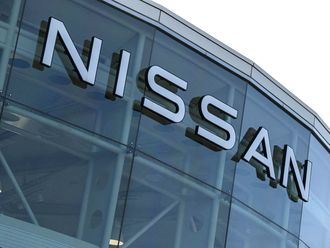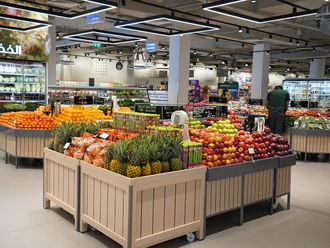Washington: The retail industry has plenty of reason to be upbeat in these early months of 2018. The holiday season was a roaring one, and Amazon.com Inc didn’t claim all the spoils.
Many big-name chains fared well, and consumer sentiment remains strong, suggesting the good times will keep rolling. But stepping back for a longer view of retail’s prospects, I’d caution against getting too optimistic, especially if you’re a certain kind of store — namely, one stuck in retail’s middle-tier.
In a study, Deloitte looked at the landscape of publicly traded US retailers and categorised them in three groups: “price-based”, “balanced” and “premier”. Price-based stores are those promising rock-bottom prices. Premier stores aren’t necessarily luxury brands, but rather retailers whose primary value proposition is highly distinctive products or services.
Deloitte doesn’t specify which retailers it puts in each bucket, but it’s safe to assume Amazon — with its $99-a-year Prime membership that offers speedy delivery and loads of other perks — is in the premier group. A chain such as Ulta Beauty Inc, which offers salon services, or the Apple Store, known for its Genius Bar, also fits the premier bill.
The balanced group is everything in between — and that’s where things look rather grim. Deloitte found that middle segment had meagre revenue growth over the past five years, with shrinking sales last year.
With a steady drip of headlines about store closures, it can sometimes feel as if the brick-and-mortar retreat is universal. But Deloitte’s analysis found that’s not quite the case. From 2015 to 2017, according to its report, price-based retailers opened 2.5 new stores for every one store that was closed in the balanced group.
Premier retailers, meanwhile, opened roughly one store for every one the balanced group closed.
The weakness in the balanced group partly just reflects broader economic themes that have been clear for some time. The American middle-class is hollowing out, and some consumers are struggling to cope with the rising costs of non-discretionary expenses. Retailers in the balanced segment will be hit particularly hard by these long-term shifts.
But it’s noteworthy that Deloitte’s study didn’t just define premier as upscale. Premier here means a retailer that provides a unique experience, not just a mindless transaction.
Looking at these findings, it’s clear the retailers that stand out on neither price nor experience, simply blending into a sea of shopping sameness, are in serious, long-term trouble.
I’m thinking of chains such as Bed Bath & Beyond Inc or Ascena Retail Group Inc’s Ann Taylor and Loft. These stores are not cheap enough — even with their perpetual stream of promotions — to win on price against the likes of Target Corp or Hennes & Mauritz AB.
And their in-store experiences are so bland and unremarkable that it’s easy to see why customers might instead choose the convenience of shopping online at Wayfair Inc or opt for the sport that is combing the racks at T.J. Maxx.
In less-challenging times, middling retailers could hang in there. That’s much harder now.
The weakness among balanced retailers also reinforces that Nike Inc has made the right call by rethinking its roster of wholesale partners. The athletic apparel giant said last year it plans to rely more on “differentiated” retailers, because executives believe “mediocre” retail won’t survive.
There’s a great deal of overlap between the retailers Nike would define as mediocre and the ones in the balanced group in Deloitte’s study. Retail’s middle ground is a tough place to be right now. The chains who are there would do well to reinvent themselves before it is too late.












